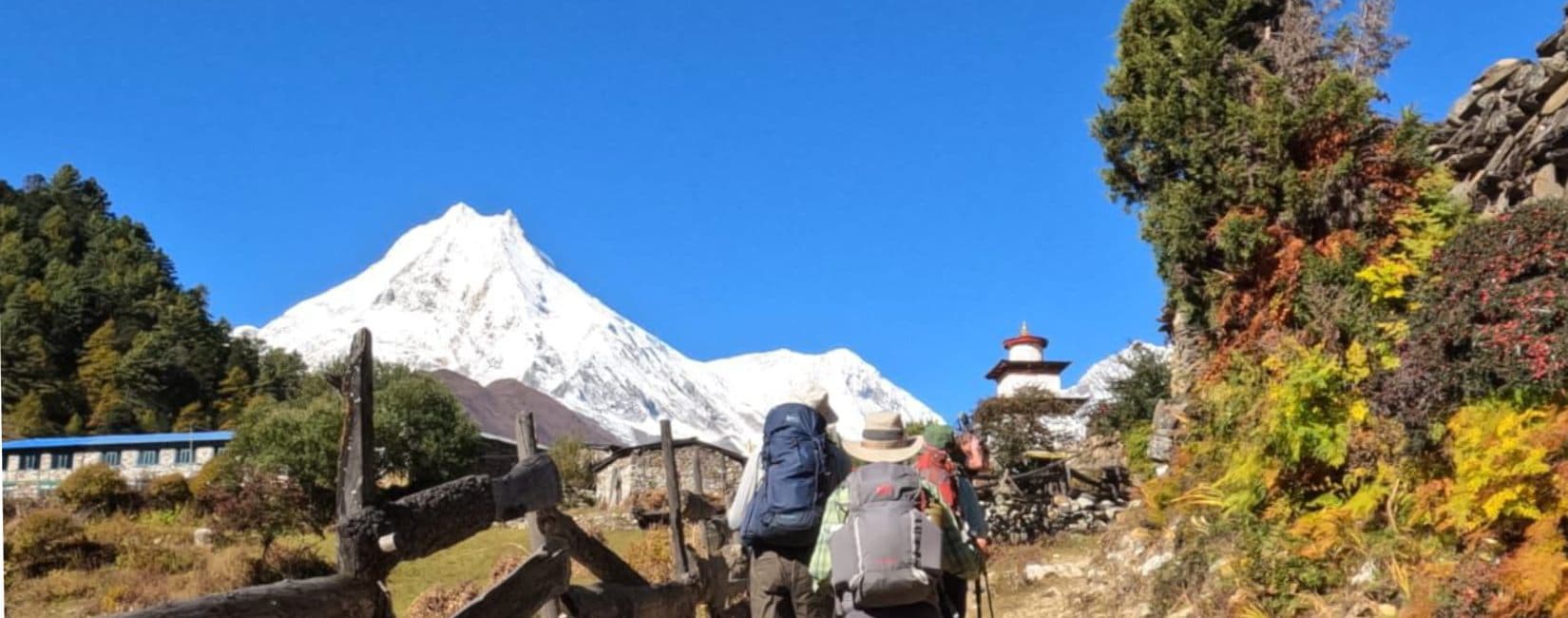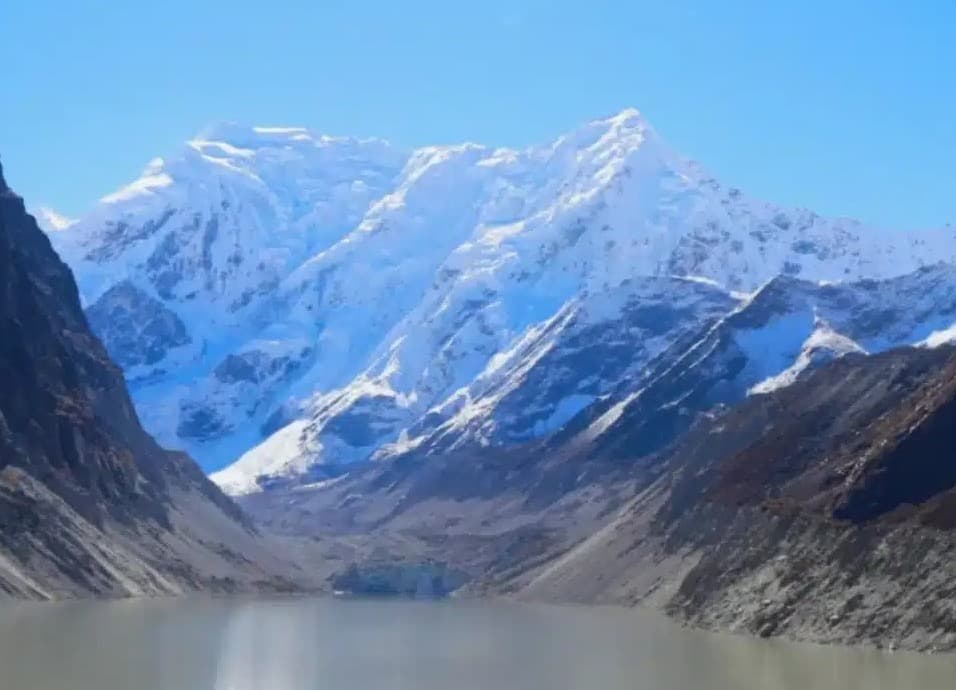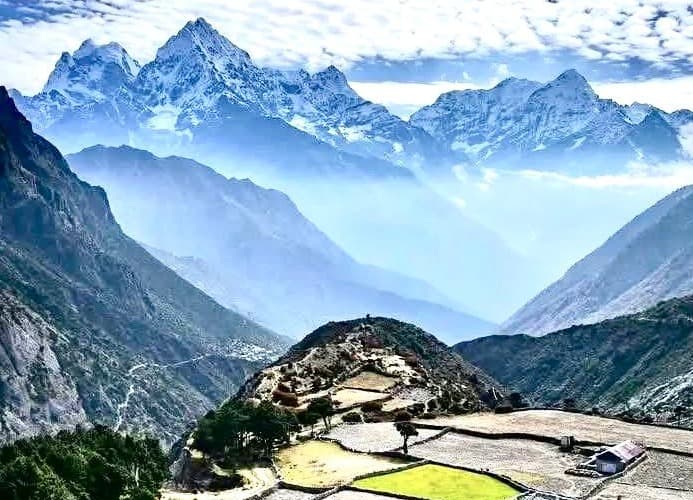Introduction: A Land That Captures the Spirit of Adventure
Nepal, a country tucked between India and Tibet, is a place where adventure and spirituality meet in the shadow of the Himalayas. For many, the name “Nepal” instantly conjures images of Mount Everest, the world’s tallest peak. But while Everest may be the crown jewel, the country’s treasures extend far beyond that single mountain. Nepal is a land of diversity—its terrain ranges from steamy jungles filled with wildlife to high alpine deserts where Buddhist monasteries cling to cliffsides. Its people, warm and welcoming, represent a colorful blend of cultures and traditions. And its adventures, whether physical, spiritual, or cultural, are some of the most rewarding on Earth.
If you are wondering where your next adventure should take you, Nepal deserves to be at the very top of your list. In 2025, as the country continues to develop sustainable tourism and improve infrastructure, Nepal is not only more accessible than ever but also retains its raw, authentic charm. Whether you are trekking among the Himalayas, rafting through glacial rivers, spotting Bengal tigers in the jungle, or wandering through centuries-old temples, Nepal promises a journey that will stay with you for a lifetime.
Trekking in the Himalayas: The Call of the Mountains
Trekking in Nepal is often described as a once-in-a-lifetime experience, though many who come once find themselves returning again and again. The Himalayas dominate the northern horizon, and with eight of the world’s fourteen highest peaks—including Everest and Annapurna—the trekking opportunities are endless.
The Everest Base Camp trek is the most famous, taking adventurers to the foot of the world’s highest peak. It is not just about the destination but also the journey—passing through Sherpa villages, crossing suspension bridges, and visiting monasteries like Tengboche, all while Everest and its neighboring giants loom above. The Annapurna Circuit trek, on the other hand, offers a completely different experience, circling the Annapurna massif and crossing the dramatic Thorong La Pass. For those with less time, the Annapurna Base Camp trek provides an immersive journey right into the heart of the Annapurna Sanctuary.
Beyond these classics, there are equally rewarding but less-crowded treks, such as the Langtang Valley, close to Kathmandu, and the remote Manaslu Circuit, which remains wild and relatively untouched. For trekkers looking for something truly off-the-beaten-path, Upper Mustang and Dolpo reveal landscapes and cultures that feel more Tibetan than Nepali. Each trek has its own character, but what unites them all is the extraordinary combination of natural beauty, cultural encounters, and personal challenge.
Adventure Beyond Trekking
While trekking is Nepal’s greatest draw, the country offers much more for adrenaline seekers. Mountaineering and peak climbing are a natural next step for those who wish to push themselves beyond trekking. Peaks like Island Peak, Mera Peak, and Lobuche East are popular climbing objectives for beginners who want to experience high-altitude mountaineering without the extreme risks of Everest. For more seasoned climbers, Ama Dablam and Manaslu present technical challenges that are both daunting and rewarding.
If your idea of adventure is water-based, Nepal’s rivers are some of the best in the world for rafting and kayaking. The Trishuli River, just a few hours from Kathmandu, is perfect for beginners, while the Bhote Koshi is one of the steepest and most thrilling rafting rivers in the world. Longer river expeditions, such as those on the Karnali or Sun Koshi, can last over a week and take you deep into rural Nepal, combining adventure with cultural immersion.
Then there is paragliding in Pokhara, where you can soar like a bird over Phewa Lake with the snow-capped Annapurnas in the background. If that is not enough, ultralight flights in the same region give you an even closer view of the peaks. And for the truly fearless, Nepal offers one of the world’s highest bungee jumps, plunging 160 meters into a gorge above the Bhote Koshi River, as well as one of the steepest and longest ziplines in the world.
Wildlife and Nature: The Jungles of the Terai
Although Nepal is often associated with snow and mountains, its southern plains, known as the Terai, offer a completely different kind of adventure. Here, in national parks like Chitwan and Bardia, you can embark on wildlife safaris reminiscent of Africa. Chitwan National Park, a UNESCO World Heritage Site, is home to one-horned rhinoceroses, Asian elephants, gharial crocodiles, and over 500 species of birds. With some luck, you might even spot the elusive Bengal tiger.
Bardia National Park, further west, is less visited and feels even wilder. It is one of the best places in Asia to see tigers in their natural habitat. Exploring these jungles by jeep, canoe, or on foot offers a thrilling counterpoint to the high-altitude adventures of the Himalayas, showing just how diverse Nepal’s natural environment truly is.
Cultural Richness: Where History and Tradition Live On
What makes Nepal stand out as a destination is not just its landscapes but also its deep cultural heritage. The Kathmandu Valley alone contains seven UNESCO World Heritage Sites, each offering a glimpse into the country’s rich history. The palaces and temples of Kathmandu Durbar Square, the medieval city of Bhaktapur, and the artistic town of Patan are living museums, filled with intricate wood carvings, courtyards, and centuries-old traditions that are still alive today.
Nepal is also a profoundly spiritual land. It is the birthplace of the Buddha, with Lumbini attracting pilgrims and travelers from across the globe. Here, monasteries built by different nations line a peaceful garden, and the Maya Devi Temple marks the exact spot where Siddhartha Gautama was born. In Kathmandu, the sacred Swayambhunath Stupa (known as the Monkey Temple) and the great Hindu temple of Pashupatinath stand as centers of faith and devotion, drawing both locals and visitors.
In the highlands, trekking routes bring you into close contact with Buddhist culture, particularly among the Sherpa and Tibetan-influenced communities. Prayer flags flutter in the wind, mani stones line the trails, and monasteries echo with the chants of monks. Experiencing this spiritual side of Nepal is as enriching as the physical adventure of its landscapes.
A Taste of Nepal: Food and Flavors
Every adventure in Nepal is accompanied by its delicious and hearty cuisine. The national dish, dal bhat, is more than just food—it is a symbol of sustenance for trekkers and locals alike. The combination of rice, lentils, vegetables, and curries provides the energy needed for long days in the mountains. Along the trails, you will also find steaming plates of momos, delicious dumplings filled with vegetables or meat, often served with spicy chutney.
In the higher altitudes, Tibetan influences dominate. Trekkers often warm themselves with thukpa, a hearty noodle soup, or sip on butter tea, made with yak butter and salt—a taste that can take some getting used to but provides instant warmth. In Pokhara and Kathmandu, travelers are spoiled for choice with everything from traditional Newari feasts to international cuisines, reflecting the cosmopolitan side of Nepal.
Festivals: Celebrating Life Year-Round
Nepal is a country of festivals, and it seems like there is always something to celebrate. Dashain, the biggest Hindu festival, takes place in October, bringing families together in celebration of good over evil. Shortly after, Tihar, the festival of lights, decorates homes and streets with oil lamps and celebrates the bond between humans and animals, with special days dedicated to crows, dogs, and cows.
In spring, travelers may find themselves swept up in the colorful chaos of Holi, the festival of colors, or witness the serene celebrations of Buddha Jayanti, marking the birth of the Buddha. Experiencing a Nepali festival is not just about observing—it is about being welcomed into the celebration, dancing, singing, and sharing meals with locals.
Practical Tips for Travelers in 2025
For those planning a trip to Nepal in 2025, timing is important. The autumn months (September to November) offer the clearest skies and most stable weather for trekking, while spring (March to May) is equally popular, with blooming rhododendrons and warmer temperatures. Winter can be cold in the mountains but is ideal for cultural tours and jungle safaris, while the monsoon months bring lush greenery but also heavy rain.
Traveling in Nepal is generally safe, but like anywhere, preparation is key. It is highly recommended to have travel insurance that covers high-altitude trekking if you plan to hike in the Himalayas. Altitude sickness should always be taken seriously, even on moderate treks. Carrying some local currency is also essential, as ATMs are scarce outside major towns. Above all, respecting local traditions—whether that means dressing modestly in villages or asking before photographing religious sites—goes a long way toward making your journey more meaningful.
Conclusion: Nepal Awaits Your Next Adventure
Nepal is not just a country you visit; it is a country you experience. Every corner offers something unique—whether it is the dizzying heights of the Himalayas, the calm waters of Pokhara’s lakes, the dense jungles of Chitwan, or the bustling streets of Kathmandu. It is a land that challenges you, inspires you, and welcomes you with open arms.
For those seeking their next big adventure, Nepal is a destination that combines physical challenge, cultural discovery, and spiritual enrichment. In 2025, with tourism recovering strongly and new initiatives focusing on sustainability, there has never been a better time to visit. Whether you come for the mountains, the wildlife, the history, or simply to find yourself, Nepal will leave an imprint on your heart forever











